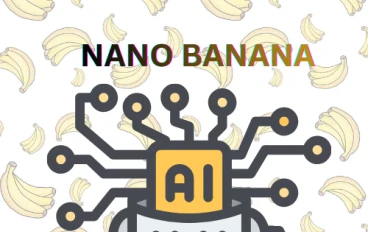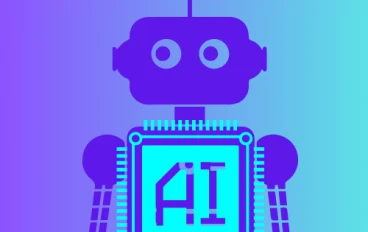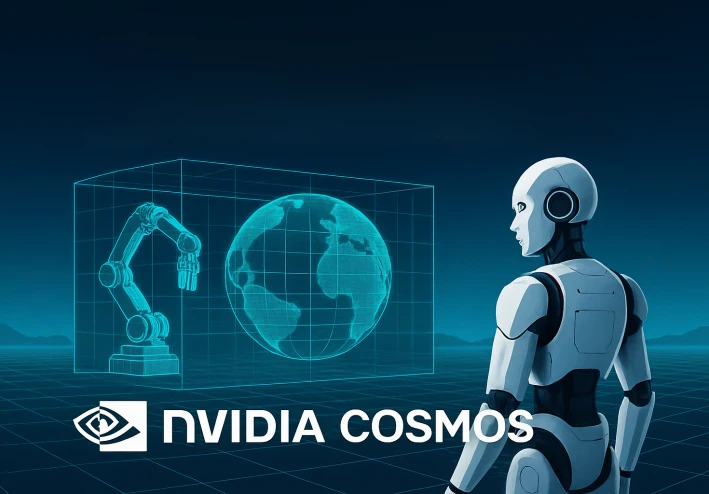
NVIDIA Cosmos: Revolutionizing Robotics with Digital Twins and AI Simulation
Unveiling the Future of Physical AI
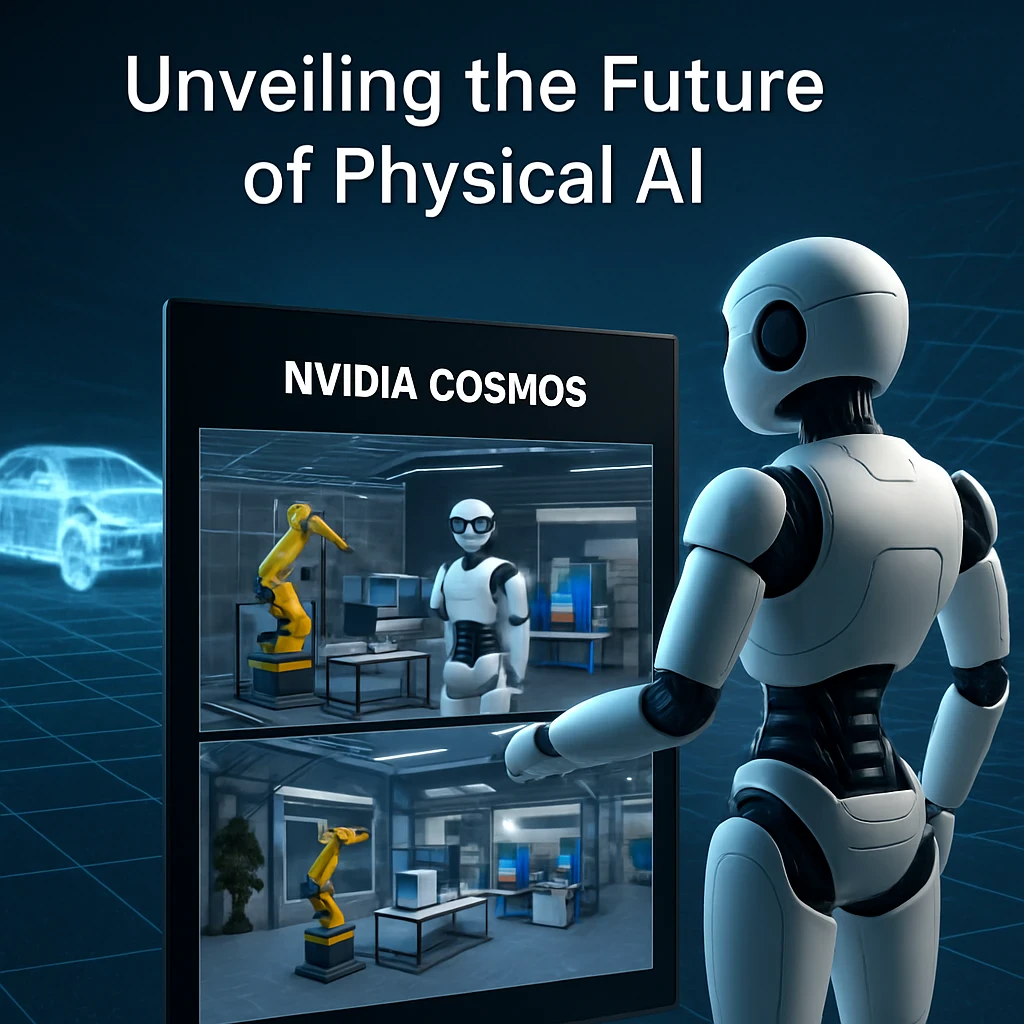
In the rapidly evolving landscape of artificial intelligence and robotics, NVIDIA has consistently been at the forefront, pushing the boundaries of what's possible. Their latest groundbreaking innovation, NVIDIA Cosmos, stands as a testament to this commitment. More than just a platform, Cosmos is a comprehensive ecosystem designed to accelerate the development and deployment of physical AI, particularly in the realm of robotics and autonomous systems. By leveraging the power of digital twins and advanced AI simulation, Cosmos is set to revolutionize how robots are trained, tested, and ultimately integrated into the real world.
The core concept behind NVIDIA Cosmos revolves around creating highly realistic, simulated environments where AI models and robots can undergo extensive training. This approach addresses one of the most significant challenges in robotics: the sheer volume of data and the safety concerns associated with training complex AI systems in physical environments. Traditional methods often involve time-consuming and resource-intensive real-world trials, which can be costly and even dangerous. Cosmos mitigates these issues by providing a virtual sandbox where millions of hours of video data can be generated, and billions of virtual kilometers can be traversed, all within a controlled and scalable digital space.
The Power of Digital Twins
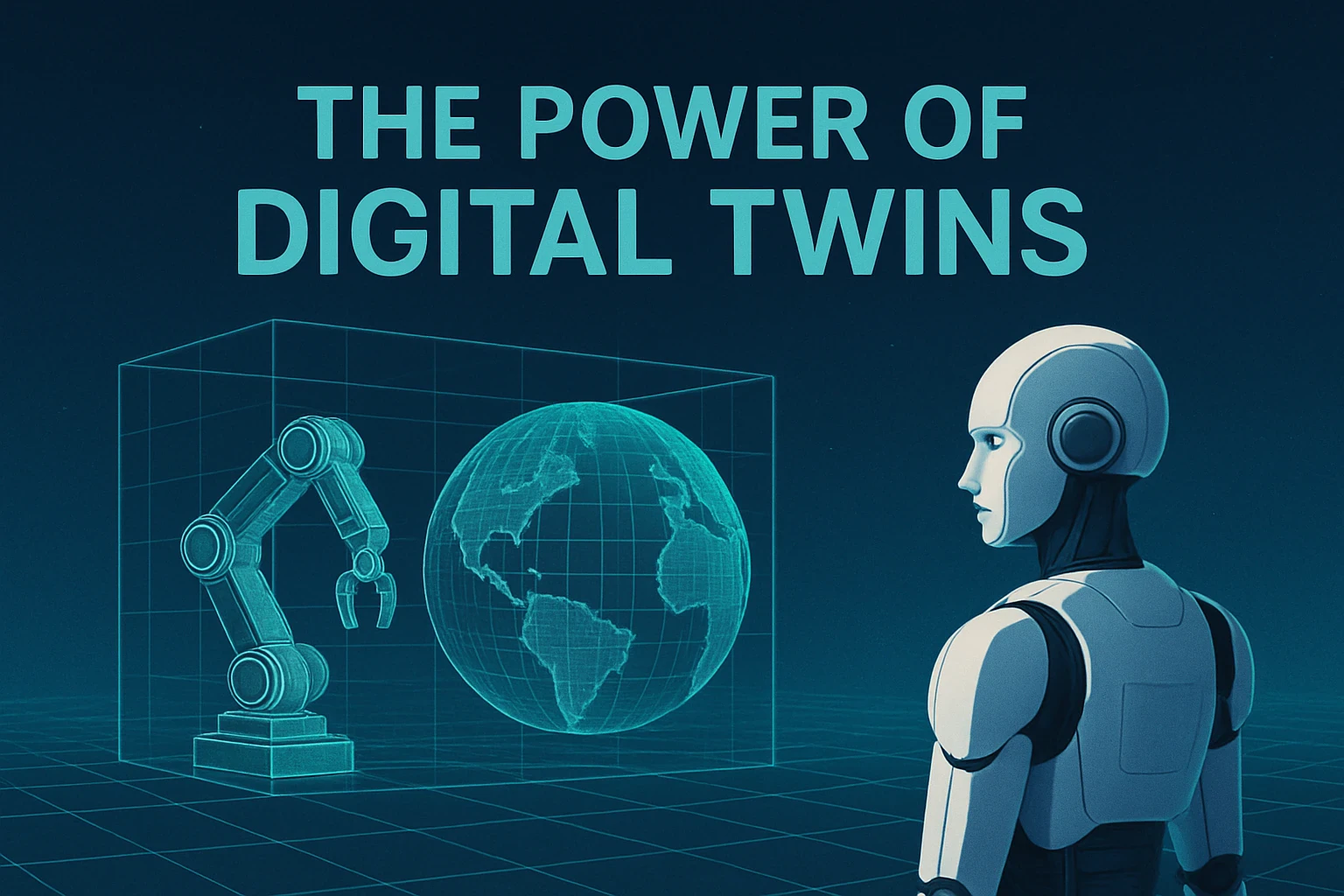
At the heart of NVIDIA Cosmos lies the concept of digital twins. A digital twin is a virtual replica of a physical object, system, or process. In the context of robotics, this means creating highly accurate digital models of robots, their sensors, and the environments they operate in. These digital twins are not static models; they are dynamic, real-time simulations that mirror the behavior and characteristics of their physical counterparts. This allows developers to test and refine robot behaviors, algorithms, and control systems in a virtual world before deploying them in the physical one. The fidelity of these digital twins is crucial, as it ensures that the insights gained from simulations are directly transferable to real-world performance.
NVIDIA's Omniverse platform plays a pivotal role in enabling these sophisticated digital twins. Omniverse is a platform for building and operating metaverse applications, and it provides the foundational tools for creating physically accurate simulations. It allows for the seamless integration of various design and simulation tools, enabling developers to construct complex virtual worlds with realistic physics, lighting, and material properties. This level of detail is essential for training AI models that can accurately perceive, plan, and act in dynamic real-world conditions. Through Omniverse, Cosmos can generate massive amounts of diverse synthetic data, which is invaluable for training robust and generalizable AI models.
Accelerating AI Training with Synthetic Data
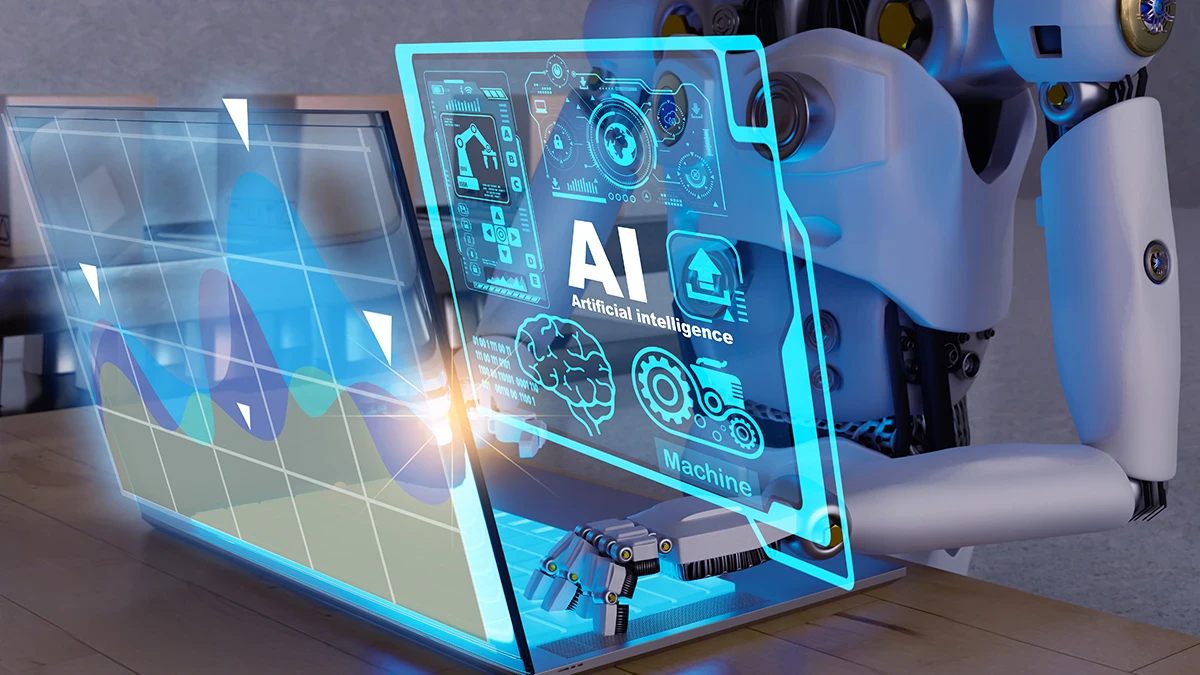
One of the most compelling advantages of NVIDIA Cosmos is its ability to generate vast quantities of high-quality synthetic data. In machine learning, the quantity and diversity of training data are paramount to the performance of AI models. However, collecting real-world data for robotics can be challenging due to safety constraints, environmental variability, and the sheer cost of deployment. Cosmos addresses this by allowing developers to create countless scenarios and variations within the simulated environment, generating data that would be impossible or impractical to collect in the real world. This synthetic data can then be used to train AI models, significantly reducing the time and resources required for development.
The platform's ability to simulate millions of hours of video and billions of virtual kilometers means that AI models can be exposed to an unprecedented range of situations, including rare or hazardous events that are difficult to replicate in reality. This comprehensive training ensures that robots are well-prepared for unforeseen circumstances and can operate reliably in diverse and unpredictable environments. Furthermore, the controlled nature of simulations allows for precise labeling and annotation of data, which is critical for supervised learning approaches. This level of control over the data generation process leads to more accurate and efficient AI training.
Applications and Impact
NVIDIA Cosmos has far-reaching implications across various industries. In the automotive sector, it can be used to train autonomous vehicles in a wide array of driving conditions, including extreme weather and complex traffic scenarios, without putting human lives at risk. For industrial robotics, Cosmos enables the simulation of factory floors and logistics centers, allowing for the optimization of robot fleets and the development of more efficient automation solutions. In healthcare, it could facilitate the training of surgical robots or assistive devices in virtual operating rooms.
The ultimate goal of NVIDIA Cosmos is to accelerate the development of physical AI, making intelligent robots more capable, safer, and more accessible. By bridging the gap between virtual training and real-world deployment, Cosmos empowers developers to innovate faster and bring advanced robotic solutions to market more efficiently. This platform is not just about training robots; it's about building a future where AI-driven machines can seamlessly integrate into our lives, performing complex tasks with unprecedented precision and autonomy. As AI continues to advance, platforms like Cosmos will be instrumental in unlocking the full potential of robotics, transforming industries and improving the quality of life globally.
Conclusion
NVIDIA Cosmos represents a significant leap forward in the field of physical AI. By combining the power of digital twins, advanced simulation, and synthetic data generation, it provides an unparalleled environment for training and testing robots. This innovative platform is poised to accelerate the development of autonomous systems across various sectors, making them more intelligent, reliable, and adaptable to the complexities of the real world. As we move towards a future increasingly shaped by AI, Cosmos will undoubtedly play a crucial role in bringing the next generation of intelligent machines to fruition.



































